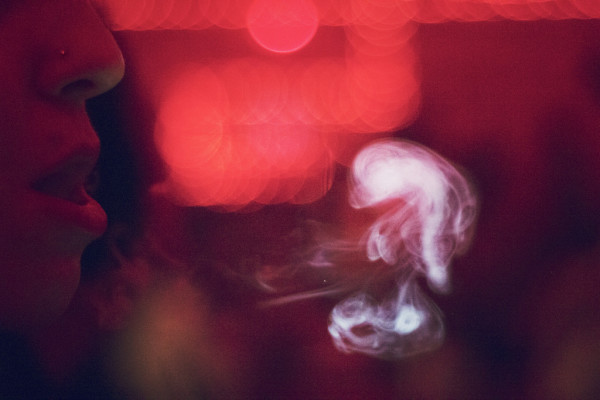Walking into a hookah lounge with its plush pillows, dim lights, and mellow atmosphere is an appealing pastime that continues to grow in popularity, especially in the young adult population. Choosing from a wide variety of flavors, such as chocolate, apple, or mango, one has the option of smoking alone or with a group of people. But these innocuous flavors are gimmicks meant to attract as well as distract users from realizing the true health risks of inhaling these carcinogenic fumes.
Hookah smoking is an age-old Middle Eastern recreation that has gained a large following in the Western world. A hookah (water pipe, narghile, or hubble bubble) is a water pipe that forces specially prepared tobacco smoke to travel through water before entering the lungs. Shisha is a moist tobacco that is soaked in honey or molasses with the option of mixing in additives to give the smoke a flavored taste. Manufacturers have added a modern twist on the traditional tobacco by adding flavors to attract younger, newer users.
“Unlike cigarettes, hookah comes in a variety of flavors and is less likely to leave users smelling like cigarette smoke after use,” said Joseph Palamar, an assistant professor of population health at NYU. “This may allow some users to better conceal their use from their parents or peers.”
Compared to those who smoke cigarettes, hookah smokers are exposed to more carbon monoxide because of the charcoal used to heat the shisha. In both methods, tobacco smoke is inhaled and usage of these methods lead to lung and oral cancers. Contrary to the belief that hookah smoking is safer than smoking cigarettes because the water filters out any toxins, one hour of hookah smoking is equivalent to inhaling up to 100 cigarettes, and the smoke still contains carcinogens. Just like cigarettes, the use of hookahs can be addictive because of the still-present nicotine, and the sharing of hookahs in lounges is highly unsanitary, leaving users susceptible to infectious illnesses.
Image Source: Getty Images / Handout
“The social piece can really be tied to hookah bars and lounges,” said Paula Staight, director of Health Promotion at the University of Oregon. “There’s this whole marketing ploy focused around socialization. Students who are not 21 cannot go to a normal bar, but at 18, they can go to a hookah bar to get a similar experience.”
Before you go to a hookah lounge, think twice. Even if you do not choose to smoke from the hookah, the risk of second-hand smoking is the same as that of cigarette smoke and can lead to health complications, such as cardiovascular and respiratory illnesses, low birth weight, or lung, esophageal, and pancreatic cancer. With the decline of cigarette smoking, hookah smoking deceptively emerges as the trendy, yet equally dangerous alternative.
Feature Image Source: felixtsao










